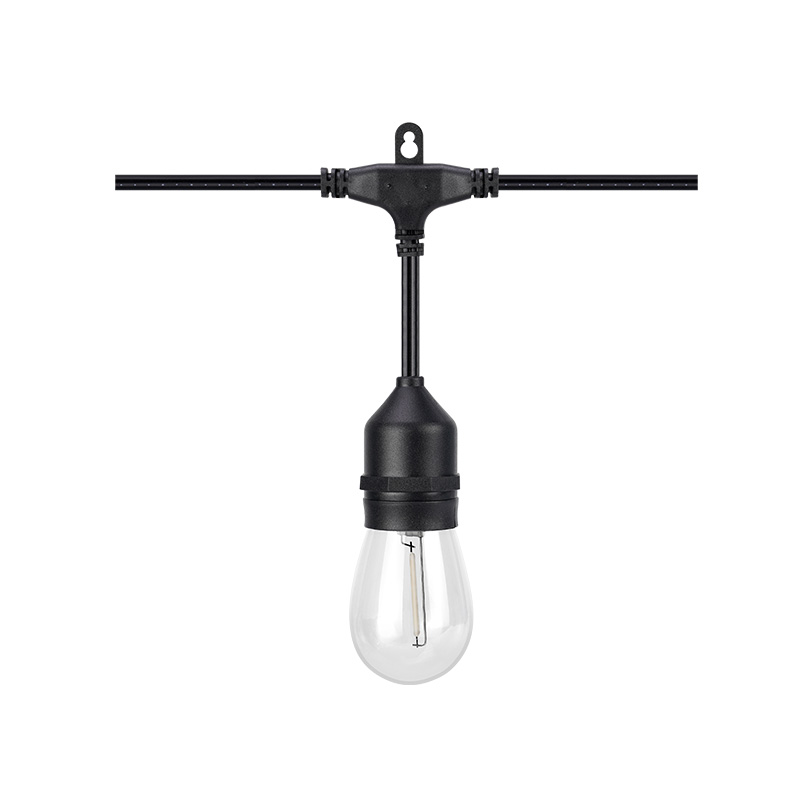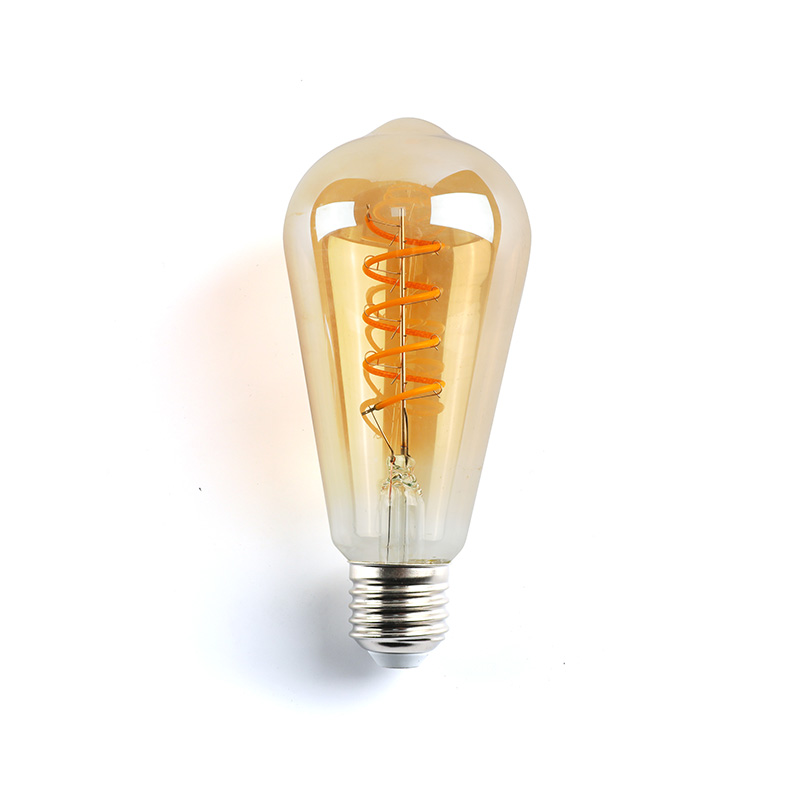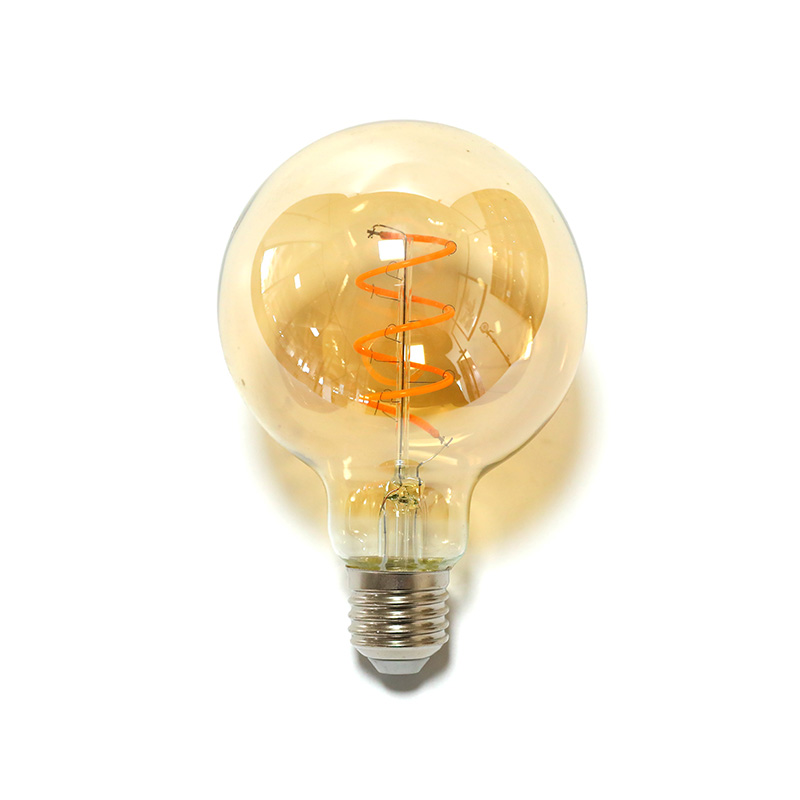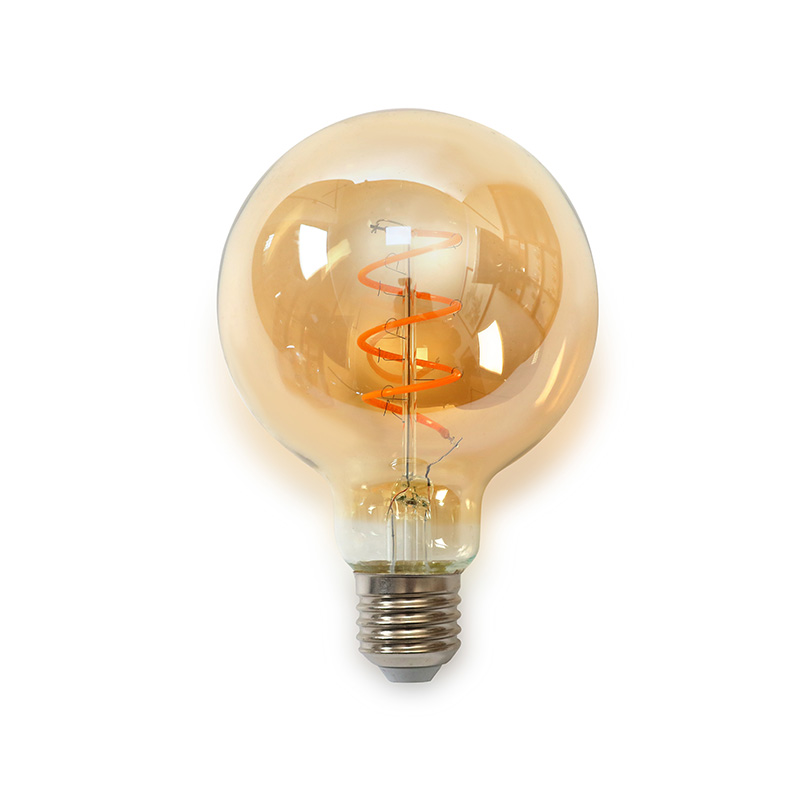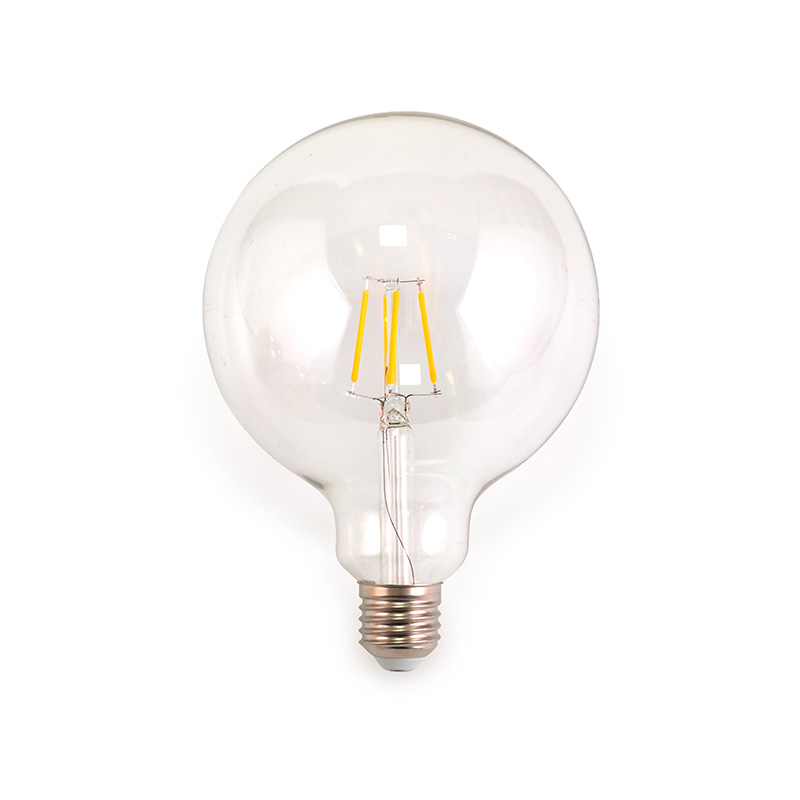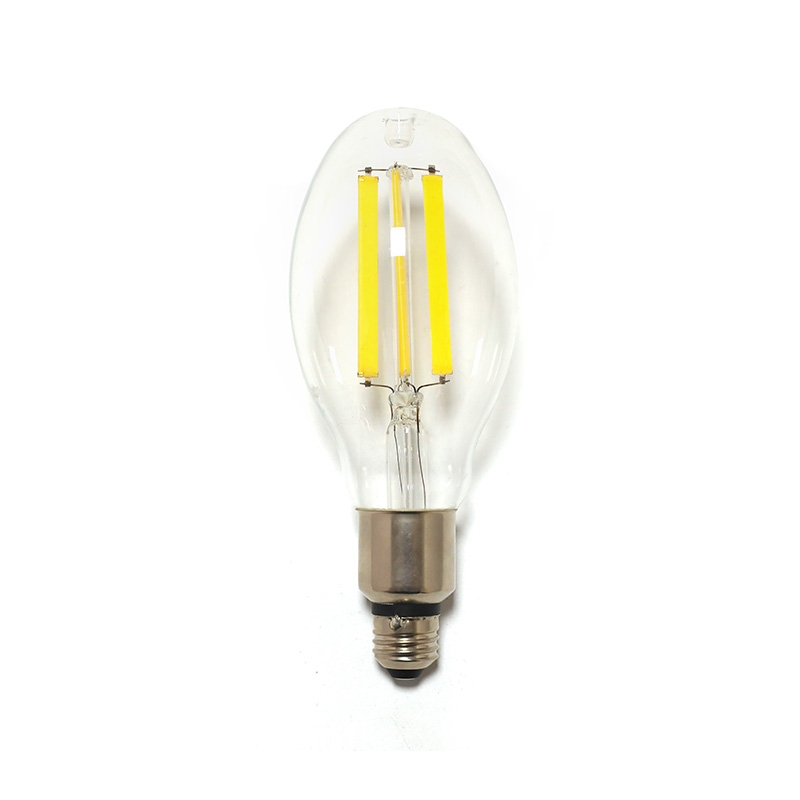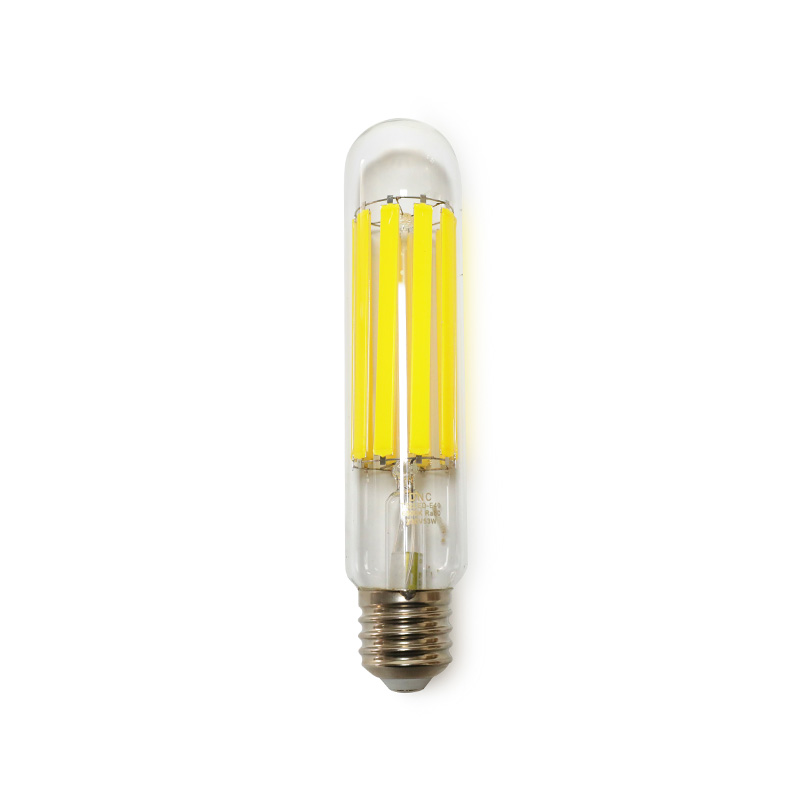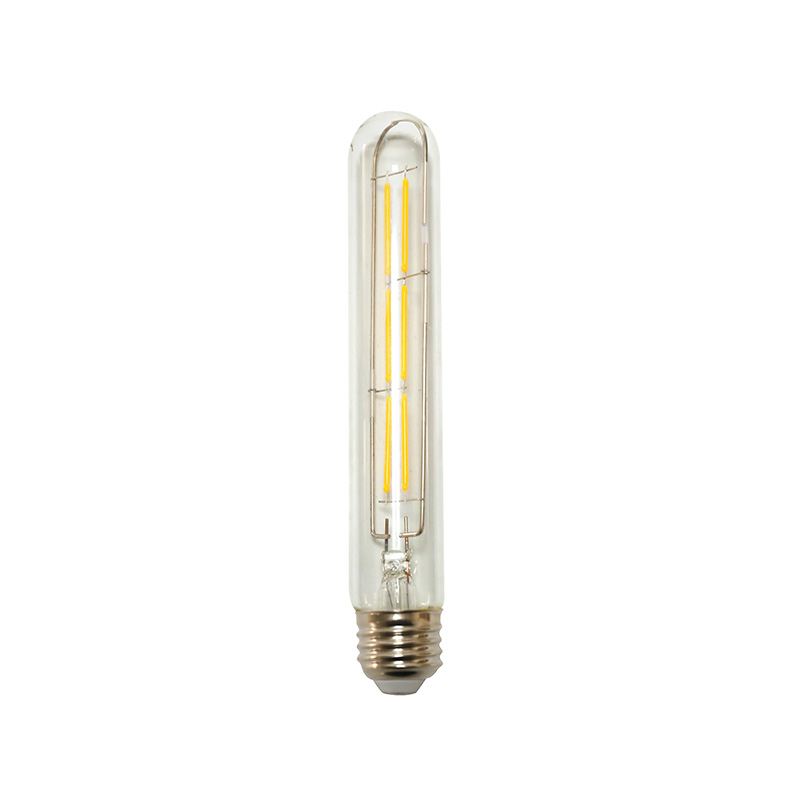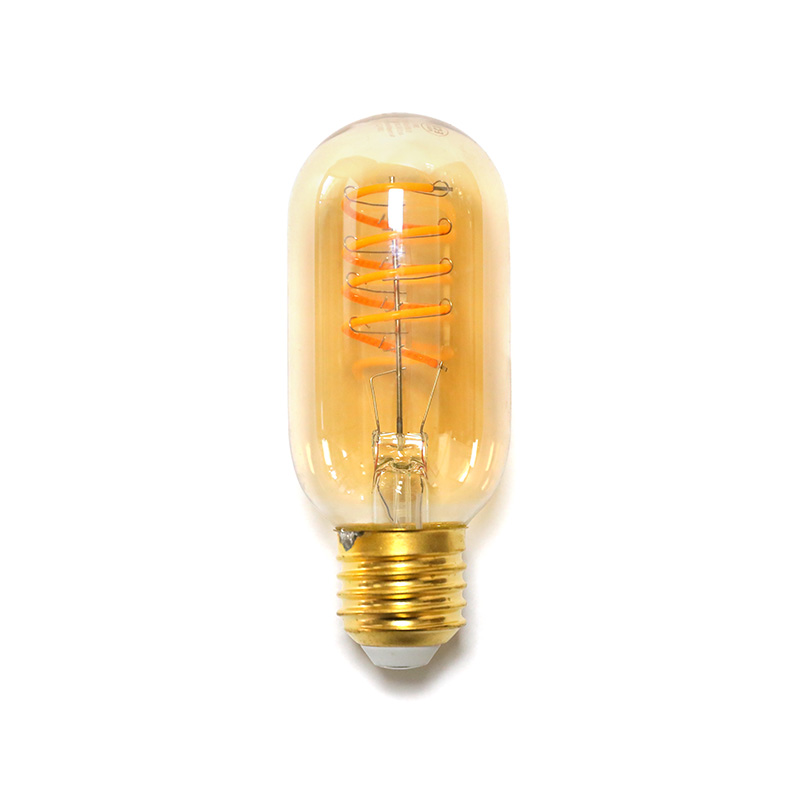The allure of holiday lighting is undeniable. Transforming your home into a beacon of seasonal cheer begins with a simple, yet critical, choice: selecting the right lights for the job. Using an indoor light string outside is more than just an inconvenience—it’s a significant safety hazard.
The Critical Difference: Why It Matters
Before we look for labels, it’s important to understand why the distinction exists. Outdoor Christmas lights are engineered to withstand environmental challenges that indoor lights never face.
Moisture and Precipitation: Rain, snow, sleet, and morning dew are the primary enemies. Outdoor lights are sealed to prevent water from causing short circuits, bulb failures, or corrosion of the internal wiring.
Temperature Fluctuations: Outdoor temperatures can swing from unseasonably warm to freezing cold in a single night. Outdoor-rated materials are designed to remain flexible and durable through these cycles without becoming brittle or cracking.
UV Radiation: Prolonged exposure to sunlight can degrade plastics and insulation, making them weak and prone to failure. Outdoor lights often use UV-resistant materials.
Physical Wear and Tear: Wind can cause lights to sway and rub against gutters, shingles, and trees. Outdoor light strings are generally constructed with more robust wiring and secure socket housings.
Using an indoor light outside voids any safety certifications and dramatically increases the risk of electrical shock, fire, and personal injury.
Step 1: The First and Most Important Check – The Safety Certification Label
This is the single most reliable method. Do not rely on the color of the wire or the design of the bulb; always check the official labeling.
Where to Look: Find the tag that is typically wrapped around the cord or attached to the plug end of the light string. This tag contains crucial information about voltage, wattage, and, most importantly, its suitability for outdoor use.
What to Look For:
“UL Listed” or “ETL Listed”: These are the two primary safety certification marks in North America. The key is the small word or symbol next to this mark.
“Wet” or “Outdoor” Location Rating (The Gold Standard): Look for the words “Suitable for Wet Locations” or “For Outdoor Use.” This is the highest rating. Lights with this marking can be used anywhere outside, including in direct contact with rain, snow, and on the ground. They are also safe for use in gardens and on trees where irrigation systems might spray them.
“Damp” Location Rating: You might see “Suitable for Damp Locations.” These are suitable for areas that are protected from direct precipitation but may still experience moisture. Examples include under covered porches, inside a protected eave, or on a screened-in patio. They are not suitable for being fully exposed to the elements.
“Dry” Location Rating: If you see “Suitable for Dry Locations” or “For Indoor Use Only,” the answer is clear: keep these lights inside.
Pro Tip: The tag is your bible. If it’s missing or has become illegible, err on the side of extreme caution and do not use the lights outdoors. It is better to purchase a new, properly rated set than to risk your safety and property.
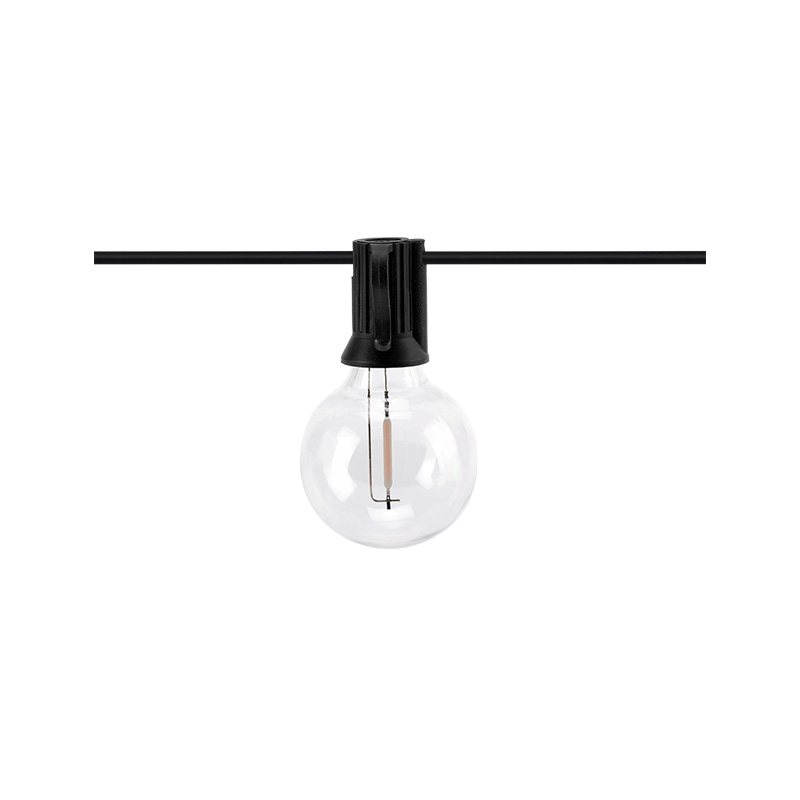
Step 2: Examine the Physical Construction
While the label is definitive, the physical design of the light string can offer supporting clues. Outdoor lights are typically built with more durable components.
The Plug and Connector Housings: On outdoor-rated strings, the end plugs and any mid-line connectors are typically bulkier. This is because they contain a rubber or plastic gasket that creates a water-resistant seal when two strings are connected. Indoor plugs are often simple, open plastic molds.
The Wire Jacket: Feel the wire. Outdoor light wire is typically thicker, more robust, and made of a durable, weather-resistant plastic like PVC or rubber. Indoor wire is often thinner and has a less substantial feel.
The Bulb Sockets: Examine where the bulb screws or pushes into the wire. Outdoor light sockets are fully enclosed and designed to shield the metal contacts from direct exposure to water. You should not be able to easily see the internal metal contacts from the side.
Step 3: Understanding IP Ratings (A Deeper Dive for the Curious)
For those who want a more technical understanding, some higher-end or commercial-grade lighting will feature an IP (Ingress Protection) Rating. This is an international standard that precisely defines a product’s protection against solids and liquids.
The rating looks like “IP44” or “IP65.” The first digit refers to solid particle protection (like dust), which is less critical for Christmas Light String Bulbs. The second digit is what matters for weatherproofing:
IPX4: Protection against water splashes from any direction. Suitable for most outdoor uses but not for direct, prolonged exposure.
IP64: Dust-tight and protected against powerful water jets. A very good rating for outdoor holiday lights.
IP65: Dust-tight and protected against low-pressure water jets from a nozzle. Excellent for all outdoor conditions.
IP67/IP68: Can be temporarily submerged in water. This is overkill for most Christmas lighting but is common for standalone landscape lighting.
While you may not see these ratings on every box-store string, understanding them empowers you to make an informed decision when you do.
Step 4: Smart Practices for Outdoor Installation
Even with outdoor-rated lights, proper installation is key to longevity and safety.
Use a GFCI Outlet: All outdoor Christmas lights must be plugged into a Ground Fault Circuit Interrupter (GFIC) outlet. This is a non-negotiable safety device that will cut power in a fraction of a second if it detects a current leak (like into water or through a person), preventing severe shock or electrocution. If you don’t have a GFCI outlet, use a portable GFCI plug adapter.
Mind the Connections: When connecting multiple strings, ensure the connector housings are fully snapped together and, if present, the rubber gaskets are properly seated. If possible, point the connections downward to prevent water from pooling in them.
Don’t Overload Circuits: Check the manufacturer’s instructions for how many strings can be safely connected end-to-end. Exceeding this number can overheat the wires and create a fire hazard.
Secure with Care: Use plastic light clips or hooks designed for outdoor use. Never use staples, nails, or tacks, which can pierce the wire insulation and create a dangerous situation.
Final Checklist Before You Hang Your Lights
Before you climb the ladder, run through this quick list:
Label Check: Does the tag explicitly say “Suitable for Wet Locations” or “Outdoor Use”?
Physical Inspection: Are the plugs, connectors, and sockets robust and sealed?
Cord Condition: Is the wire free of cracks, frays, or any damage?
Outlet Check: Are you plugging into a GFCI-protected outlet?
Circuit Check: Are you connecting a safe number of light strings together?
By taking a methodical, label-focused approach, you can confidently select and install outdoor Christmas lights. This diligence ensures that your holiday display will be a source of joy and wonder, not a cause for concern. Invest the time in this simple verification process, and you can relax and enjoy the brilliant, safe glow of your efforts all season long.

 English
English русский
русский